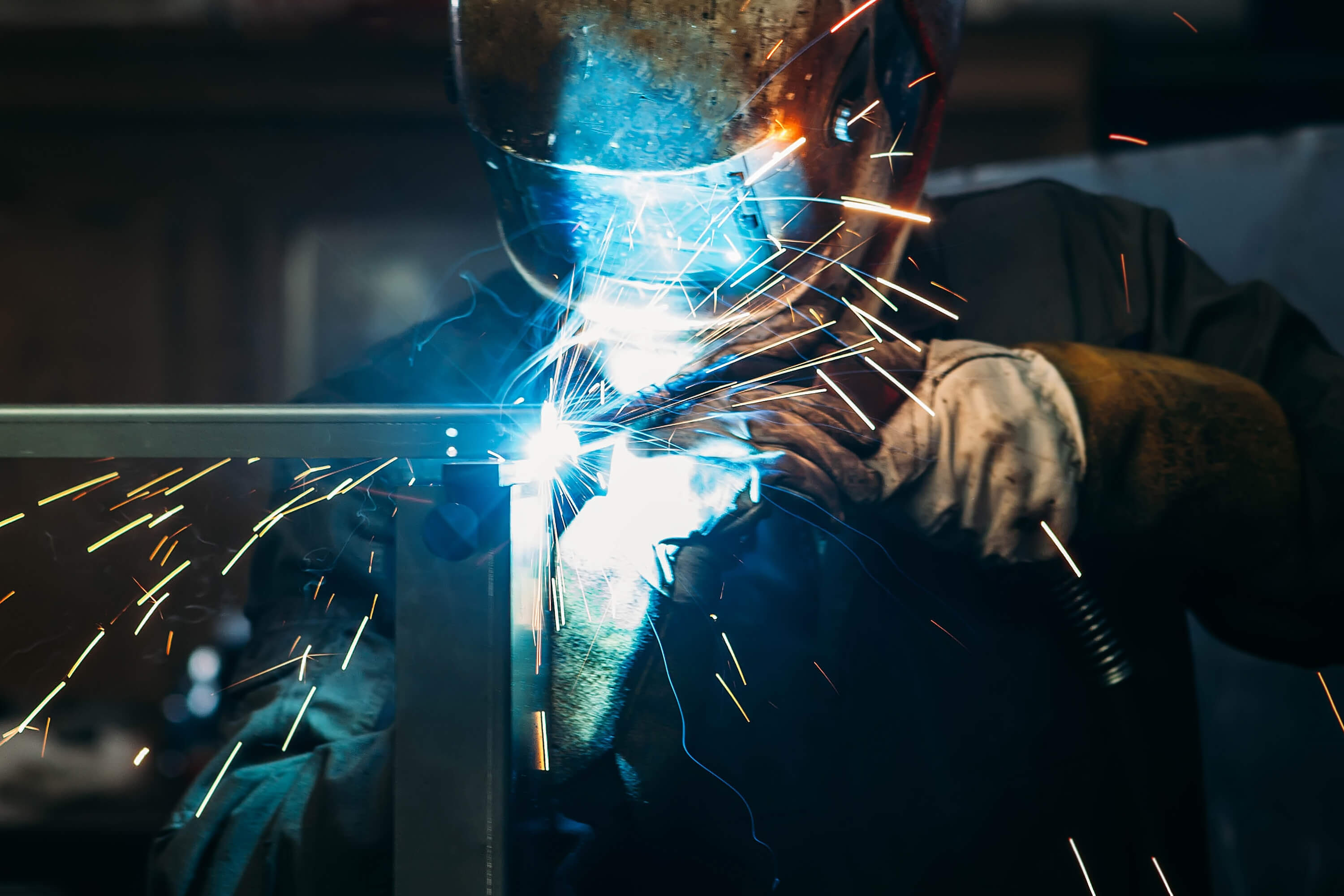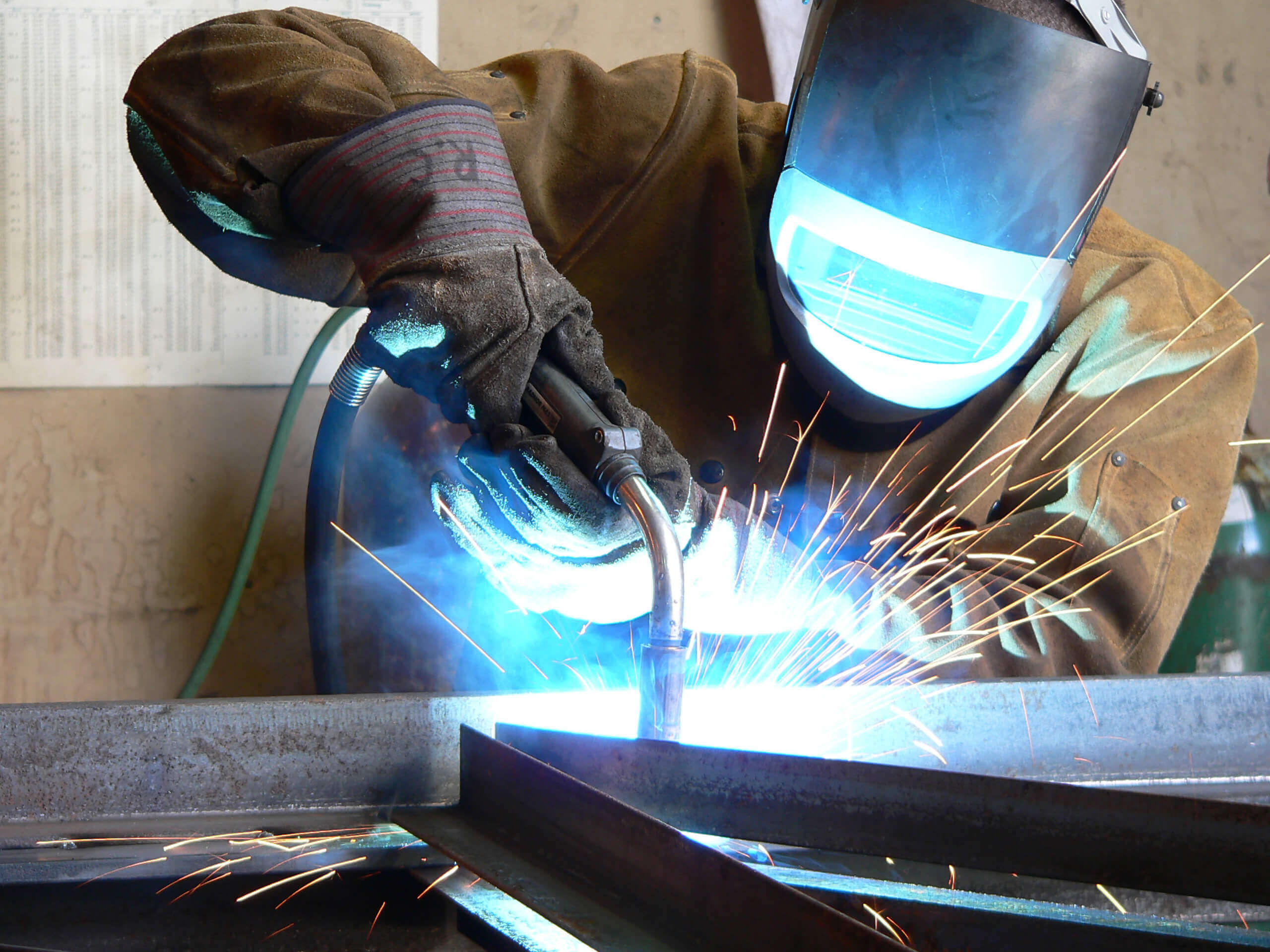Optimising Weld Travel Speed


Travel speed is one of the key variables that impacts weld quality. Higher travel speed means faster throughput, but the maximum attainable travel speed for a quality weld is limited by several factors. In this article, we look at how travel speed affects weld quality and efficiency, and the important role that welding gas can play.
Travel speed is simply the speed at which the welding torch or gun is moved across the workpiece – measured in millimeters per minute. Alongside voltage and amperage, travel speed is one of the three variables in arc welding that determines the amount of heat input. Controlling travel speed is essential to ensure good weld penetration and avoid defects.1
Varying travel speed has a significant impact on weld penetration. Too fast or too slow, and the weld quality deteriorates.
Moving too slowly can result in excessive weld deposition. It's easy to assume that this would mean more penetration, but this is a common cause of lack of fusion or "cold lapping"2. A large weld pool will tend to roll in front of the arc providing a "cushion" and reducing the arc's ability to penetrate the base metal.3,4 Too slow a travel speed can also lead to an excessively wide weld and slag inclusions. When welding thinner materials, excessive heat transfer caused by slow travel speeds can, even, cause burn-through.
Move too quickly, and the arc may not have enough time to adequately melt the base material, leading to a thin, narrow weld with poor fusion and penetration.
Quality is paramount. But, like many variables in welding, optimising travel speed is not simply a case of producing the best possible weld quality: there are commercial elements to consider as well. Double your weld speed and, assuming adequate weld quality is maintained, you'll roughly double the amount of welding that can be completed in a day.
Increased productivity results in a reduction of costs per meter welded. So, in the interests of efficiency, it's important to address the following question: how can weld speed be maximised while still maintaining quality?
The maximum travel speed capable of producing a quality weld is limited by multiple factors including filler material type, welding process, and welding position. Each of these factors must be considered when working to maximise travel speed.
One often-overlooked factor is welding gas. Certain gases lend themselves to higher travel speeds: for example, the addition of helium in your welding gas mixture allows higher travel speeds.5 This is especially noticeable in robotic welding, where there is the capacity to weld at higher speeds.
Achieving high quality welds in less time means that the overall cost per meter welded reduces. Such gas mixes generally involve only a marginal increase in cost per cubic meter and can produce significant productivity benefits that far outweigh the cost.
Using welding gas mixtures with an optimum addition of helium, such as Ferromaxx® Plus, Inomaxx® Plus, or Alumaxx® Plus can allow you to operate at high travel speeds without compromising on weld quality.
Air Products provide high-quality Maxx® gases for welding carbon steel, stainless steel, or aluminum and its alloys. Whatever you're welding, choose a Maxx® gas to unleash your full potential. For a free no-obligation on site demonstration please contact us.
1.Arya, H. K. Effect of current, voltage and travel speed on micro hardness of saw welded mild steel plate Wear Analysis of Oxy-acetylene Thermal spray method View project Modeling and simulation of multicylinder Paper drying View project. researchgate.net
2.Variables that Affect Weld Penetration. Available at: https://www.lincolnelectric.com/en-gb/support/process-and-theory/Pages/variables-weld-penetration.aspx. (Accessed: 19th May 2020)
3.Handbook - Welding Techniques. Available at: https://www.esabna.com/euweb/mig_handbook/592mig7_8.htm. (Accessed: 19th May 2020)
4.Gas Metal Arc Welding Basics: Travel Speed and Contact to Work Distance (CTWD) - EWI. Available at: https://ewi.org/gas-metal-arc-welding-basics-travel-speed-and-contact-to-work-distance-ctwd/. (Accessed: 19th May 2020)
5.Niles, R. W. & Jackson, C. E. Weld Thermal Efficiency of the GTAW Process.

An industry leading comprehensive guide to gas shielded arc welding and oxy-fuel cutting.